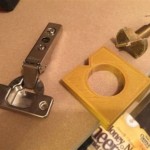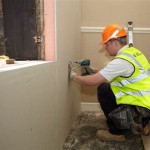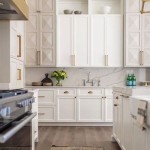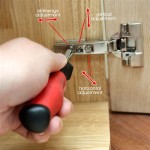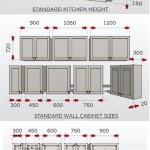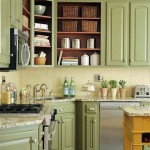How Many Coats of Primer Should You Use on Kitchen Cabinets
Applying primer is a crucial step in painting kitchen cabinets. It enhances paint adhesion, provides uniform coverage, and prevents stains from bleeding through. Understanding the right number of primer coats optimizes results and ensures a durable finish. This article explores the essential aspects to consider when determining the appropriate number of primer coats, providing insights into factors such as cabinet condition, primer type, and paint color.
Factors Influencing the Number of Primer Coats
Cabinet Condition: The condition of the cabinets plays a significant role in determining the number of primer coats required. Cabinets with imperfections, stains, or damage may need additional coats to ensure proper coverage and adhesion. New cabinets with smooth surfaces typically require fewer coats.
Primer Type: Different types of primers have varying coverage abilities. Oil-based primers are known for their excellent adhesion and stain-blocking properties, and they may require fewer coats compared to latex primers. Latex primers are water-based and more eco-friendly, but they may require more coats, especially on slick surfaces.
Paint Color: The color of the paint being used can also influence the number of primer coats needed. Darker paint colors may require more primer coats to achieve full coverage and prevent the original cabinet color from showing through.
Recommended Number of Primer Coats
As a general guideline, two coats of primer are recommended for most kitchen cabinet painting projects. The first coat provides a base layer that seals the surface and prepares it for the paint. The second coat ensures complete coverage and provides a smooth foundation for the paint to adhere to. In some cases, an additional coat of primer may be necessary.
Signs You Need More Coats of Primer
There are a few telltale signs that indicate you may need more coats of primer. If you notice areas of the cabinet where the original color is peeking through, or if the primer appears thin and uneven, it's best to apply another coat. Additionally, running your hand over the primed surface should feel smooth and uniform. Any bumps or imperfections indicate the need for further priming.
Conclusion
Determining the appropriate number of primer coats for kitchen cabinets involves considering factors such as cabinet condition, primer type, and paint color. By following the recommendations and paying attention to signs that indicate the need for more coats, you can ensure a durable and professional-looking finish that will enhance the appearance of your kitchen.
How Many Coats Of Primer Do I Need To Paint Kitchen Cabinets Quora

Priming And Painting Kitchen Cabinets Collage Farmhouse Made

How To Paint Kitchen Cabinets A Step By Guide Confessions Of Serial Do It Yourselfer

How To Paint Kitchen Cabinets A Step By Guide Confessions Of Serial Do It Yourselfer

Refinish Kitchen Cabinets With Kilz Restoration Primer

How To Prime Cabinets For A Smooth Finish The Turquoise Home

Cabinet Painting How Many Coats Of Paint On Cabinets Is Normal

What You Need To Know Before Painting Cabinets The Palette Muse

How Many Coats Of Paint On Cabinets

Our Painted Kitchen Cabinets Chris Loves Julia
Related Posts

